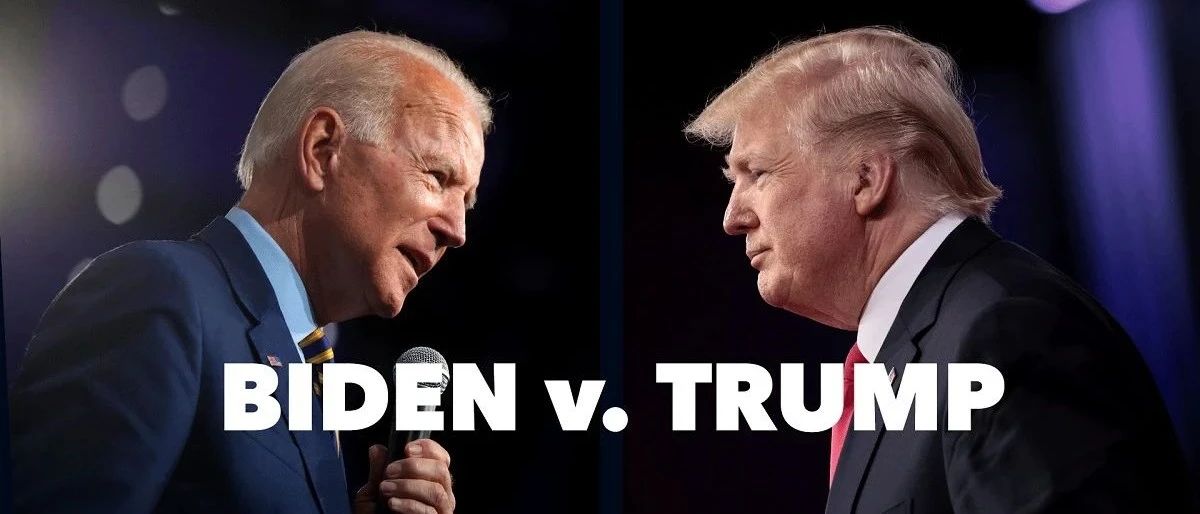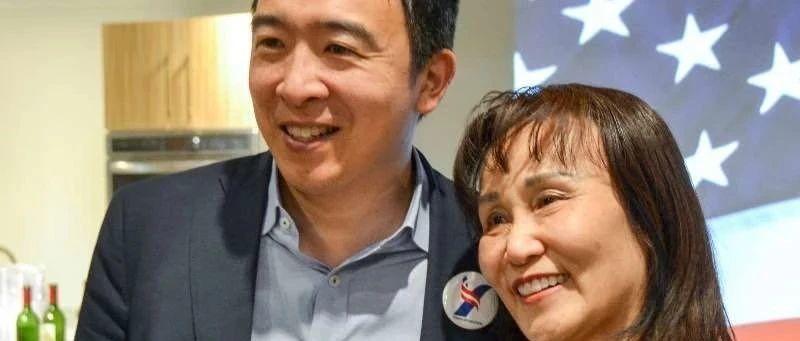
I am the son of first-generation immigrants, arriving in America at the age of 7—a 1.5 generation immigrant, if you will. Currently, I’m sixteen and a rising senior at UC Berkeley. Even if we came to America for opportunities, America, like every place, is not perfect. Why else was there a need for activism or social reform? Why else would the U.S. constitution be amended to? Problems that continue to be part of the world, including America, include deep-rooted issues about race. One example would be racial stereotyping. Stereotyping is obviously negative: negative stereotypes perpetrate a view of the world where the target is of lesser value. They are not as good as other people. This is quite obviously unfair to individuals who strive hard for success. “Positive” stereotypes can be negative as well. Let’s take Asians for example. We’re often thought of as smart—and not without reason. There are Asians doctors, lawyers, and representatives of a multitude of occupations. Sounds good so far, right? But when all Asians are smart, how does society view Asian individuals and their achievements? They were an Asian: they were expected to become a doctor, a lawyer, or achieve another prestigious job.
Why not, then, discard notions of race, ethnicity, or perhaps other defining characteristics of an individual’s social identity? This desire is understandable: doesn’t it make sense to cast aside prejudices and biases one may hold and see an individual for who they really are? However, this runs the risk of being ‘colorblind’—where we see everyone as the same, without acknowledging social factors that shape distinct identities. No matter how well-intentioned people who use this approach are, it forces them to neglect to consider the great systemic and formative power people’s identities can have.
The past, its norms, and its established institutions continue to influence the present day, creating great inequality in the lives of a present people. But things appear good: slavery, for the most part , is illegal. Jim Crow laws and segregation have been repealed, and civil rights have been fought for and won. When backdropped against a more obviously cruel history, the situation should have changed completely for the better. Right? Not quite. History is a lot more recent than one might think and still has impacts to this day. Under the 13th amendment, slavery as punishment for a crime is still technically legal, and penal labor in prisons is based in structures from a world with slavery. This led to creations like ‘black codes’ that illegalized trivial items, like showing respect to white people, taking advantage of this loophole and sending people to prison. The Civil Rights movements, the Civil War, even the problematic founding of the U.S. are but a few generations away. Additionally, intergenerational trauma, where trauma from earlier generations continues to be present in later generations, is real. It has been documented among descendants of survivors from the Holocaust, slavery, and others—a deeply intimate and emotional wound for people who live today. The past cannot be cast aside when considering the present.
Many institutions have been less than accommodating for minorities. The American government was complicit in sowing the seeds of long-lasting and continuing disparities on the community level. Policies like redlining—a systematic denial of services like mortgage—were incorporated to deny African-American or other minority owning or use of properties. By taking away opportunities to rent and buy, people were not given a chance to build up real estate wealth. And when property purchase was allowed, there was what Richard Rothstein, a senior fellow at UC Berkeley Law School’s Haas Institute, described as a “state-sponsored system of segregation” (Rothstein), allowing for unequal provision of opportunities in neighborhoods.
We understand today that the idea of ‘separate but equal’ was deeply problematic, and this is true here as well. Chenoa Flippen, a sociologist and now professor at the University of Pennsylvania, writes of how even when minorities successfully own property, there are inequities in property value appreciation in their neighborhoods (Flippen). Additionally, community segregation leads to a cycle of struggles. Schools are primarily funded by local and state governments, with one particularly large portion being covered by property taxes. Poorer neighborhoods do not have the ability to fund education as well as wealthier ones, giving students unequal opportunities to begin with. Even with very recent data, many cities remain segregated. Take, for example, Los Angeles. Rothstein writes in the LA Times: “The 2010 census data show that 60% of Los Angeles’s African Americans live in neighborhoods where few whites are present (Rothstein).”
Today, another threat is encountered in predominantly minority neighborhoods. Property value is often lower in these areas—attracting more-privileged individuals who find it easier to afford the purchase. Soon, more and more of such people flood in as real estate and other related enterprises take advantage of the situation, changing the neighborhood into a middle-class area. This also prompts original residents to move to other locations. The newcomers have more purchasing power, bringing corporations and businesses that seek to profit off of their wealth, leading to increased costs of living that original residents, even if they wanted to, would be hard pressed to survive in.
The shadows of the past haunt the present day, but even now, systems are established to better profitize the suffering of individuals and communities. There are others that I will not mention in great depth, including for-profit prison systems that encourage recidivism, microaggressions in everyday life, and more. We cannot overlook the very real situations that people are surrounded by—to be colorblind is to ignore the obvious inequalities in starting points and treatments of minorities.
Recent situations have prompted African-Americans and their allies to speak up about police brutality and other issues of racial discrimination. One question you might have is: why resort to violence to argue for justice and for equality? Doesn’t the use of force only show an equal lack of responsibility on both sides? Wouldn’t it make more sense to simply peacefully protest? Indeed, peaceful demonstrations are prevalent across the country—but they can often be overshadowed by this other form of struggle. But is violent action really so repulsive?
There is a common idea in phrases used to speak about actions for justice and equality: the idea of physical altercation. A people must ‘struggle,’ ‘fight,’ ‘battle,’ or otherwise use force for goals to be achieved. We should not relegate this violence to a mere metaphorical realm. I mean here that a lot of meaningful and lasting change is preceded by some degree of violence.
In America, two oft-cited examples of violent action that brought about change include the American Revolution and the Civil War. Regardless of complicated intentions behind either, these two wars are the reason American became and remained a union of states, with the latter being famous for the thirteenth amendment and its abolishment of slavery (except as criminal punishment). The Haitian Revolution allowed previously enslaved individuals to become self-governing. Violence has been used in labor movements, suffrage movements, and far more. Even Martin Luther King Jr., well-known for ideals of nonviolence, was criticized for being too violent: in a letter from clergymen to MLK, they write that “we also point out that such actions as incite to hatred and violence, however technically peaceful those actions may be, have not contributed to the resolution of our problems.” He was technically peaceful—but that didn’t mean his actions weren’t seen as inviting and inciting violence.
King himself admitted that “rioting is the language of the unheard.” Violence is used when other means have been exhausted or failed. And indeed, other channels of advocacy for change have often been ineffective. Change had not come despite them. Instead, even this form protest has been denounced by people willing to stand by the status quo. One noteworthy story of a relatively recent peaceful protest that was shut down was Colin Kaepernick’s kneeling during a playing of the national anthem in an NFL game. Today, peaceful protests can escalate if riot police is dispatched and pepper spray or other weapons are used. If peaceful, symbolic protest is to be denied and prohibited, what form of action remains available? Unfortunately, the last remaining avenue that exists for an angry people is violence. To cite King one last time, “And as long as America postpones justice, we stand in the position of having these recurrences of violence and riots over and over again.”
We, as minorities ourselves, cannot ignore the plight of a brethren. They have been systematically oppressed and denied, and they are rightfully angry. We might wish to turn away from the use of violence in protesting their great unjust, and that’s not necessarily wrong. However, we must recognize that the issues they deal with are far from over. Black American voices have not been properly heard. Until any semblance of true equality can be achieved, people will fight. Violently. In striving for equality, we must understand their motivations for doing so, even as we seek better alternatives.


